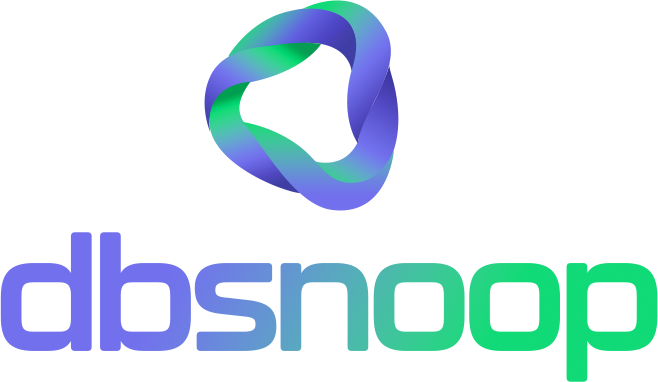
Dead Indexes and Navigating the Galaxy of Database Performance

In a journey through the Star Trek universe, the USS Enterprise travels across distant galaxies, discovering new planets and new life forms. But along the way, it’s not just aliens and black holes that pose challenges. In the world of databases, similar dangers exist – dead indexes and indexes that negatively impact write operations. These indexes can literally be the asteroid that destroys your query and database performance if not properly managed.
Just like in Star Trek, where the crew relies on an efficient propulsion system to move quickly, databases are no different: indexes are the engines that accelerate your queries. But as with space navigation, you must know when to avoid asteroid fields and manage your engines wisely to prevent energy waste and ensure the ship doesn’t overload its performance.
Let’s explore how dead indexes and write-heavy indexes affect database performance, and how to manage the difference between OLAP and OLTP systems in your journey through the data galaxy.
Dead Indexes: The Danger of Data Relics
Imagine you’re the captain of the Enterprise and come across a planet where all technology is obsolete. You try to use it, but nothing works. That’s the case with dead indexes: indexes that exist but are never used in queries, wasting storage and processing resources.
How to Identify Dead Indexes
An index can become “dead” for several reasons:
- Query changes: If a query has been optimized to use a different index, old ones may become useless.
- Schema changes: Table modifications, like column removals or changes in query patterns, may render an index inefficient or irrelevant.
- Lack of maintenance: Like a ship without proper maintenance, dead indexes can accumulate over time, with the database still treating them as essential without realizing they’re unused.
How to Check if an Index is Dead
In major databases like PostgreSQL, MySQL, and SQL Server, you can use tools to monitor index usage:
- PostgreSQL: Use
pg_stat_user_indexesto check index usage. - MySQL: The
SHOW INDEXcommand helps identify which indexes are being used. - SQL Server:
sys.dm_db_index_usage_statsprovides data about index usage.
By evaluating this data, you can identify and safely remove dead indexes to free up resources.

Write-Heavy Indexes: The Enemy of Real-Time Performance
Now, imagine your ship is at full throttle, but you’re overloading the engines with too much fuel. Indexes can be extra weight on write operations, especially when handling large volumes of data.
Every time data is inserted, updated, or deleted, the index must be updated too. This adds overhead to write operations, especially when the index has many columns or is non-clustered.
How Indexes Impact Writes
- Slow Inserts and Updates: When there are too many indexes to update, write operation response times can suffer. Large indexes or those creating unnecessary duplicates consume more CPU and I/O resources.
- Heavy Composite Indexes: An index composed of many columns not used efficiently in queries can be dead weight, reducing performance during updates.
Solutions
- Select Essential Indexes: Choose only the indexes that add real value to your most frequent queries.
- Periodic Maintenance: Regularly remove unnecessary indexes and optimize existing ones to reduce write overhead.
OLAP vs. OLTP: The Difference in Index Usage
Now, in the Star Trek world, you’re traveling between OLAP (Online Analytical Processing) systems and OLTP (Online Transactional Processing) systems. Your ship moves from one data analysis planet to another where real-time transactions are critical. Likewise, in databases, OLAP and OLTP have different indexing needs.
OLAP: The Empire of Reading
OLAP systems are used for analyzing large volumes of data, like massive motherships collecting and processing information from across the galaxy. Composite indexes are used to speed up queries that involve large datasets, such as reports and analytical dashboards. In this context, data reading is the priority.
- Clustered Indexes: Often used to optimize data reading on large tables.
- Bitmap Indexes: Very effective for columns with low cardinality (repeated values), common in analytical queries.
OLTP: The Empire of Real-Time Transactions
In OLTP systems, every operation needs to be processed quickly. Here, the main goal is to ensure transaction performance – the ship is moving fast, with data transactions occurring constantly.
- Unique Indexes: Ensure no duplicate data and assist in insert and update operations.
- Non-Clustered Indexes: Used to improve quick read performance in high-volume transaction tables.
How to Use Indexes Efficiently
- For OLAP: Focus on combined and composite indexes that help accelerate read queries but minimize the number of indexes to avoid write performance degradation.
- For OLTP: Use unique and non-clustered indexes to ensure fast and safe transactions.

Steering Your Ship in the Index Universe
Just as Star Trek teaches us to explore distant galaxies efficiently, smart index usage in databases is crucial for precise and fast navigation in the data universe. Dead indexes and write-heavy indexes can be dangerous obstacles, like asteroids that disrupt your course. However, with proper index selection and maintenance, you can ensure your ship – whether on a data analysis mission or a real-time transaction run – always moves forward at peak performance.
The real key lies in understanding the difference between OLAP and OLTP and adjusting your index strategy based on the mission at hand. So, as the captain of your journey, make the most of the tools at your disposal — and may the indexes be your trusted propulsion engines toward a faster, more efficient database.
Until next time, when we explore new data galaxies together!
Visit our YouTube channel to learn about the platform and watch tutorials.
Schedule a demo here.
Learn more about Flightdeck!
Learn about database monitoring with advanced tools here.


